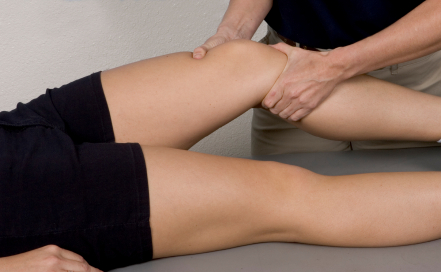
Did you know that your body has its own innate wisdom and healing ability? Tapping into that wisdom is one of the aims of kinesiology.
The root of the word kinesiology is from the Greek word kinesis, which relates to movement of the human body – without movement, there is stagnation. Kinesiology combines the principles of Traditional Chinese Medicine with the technique of muscle testing, or muscle monitoring. When a kinesiologist tests muscles, he or she can get a picture of what is happening in your meridian system and how it is affecting you. Energy needs to constantly flow through the meridians to give you a sense of vitality.
At the same time, muscle monitoring may also indicate how the meridians were affected in the first place – what caused the energy to stagnate – and show the best way to deal with whatever the cause is, whether it is emotional, physical, mental environmental or nutritional.
How Muscle Testing Works
Muscle testing is the main tool in the kinesiologist’s toolbox. The therapist will take one of your limbs – an arm or a leg for example – and bend it so that one of the muscles is contracted, then will apply pressure to the muscle. You are asked to resist the pressure being applied. The muscle will then either unlock, or stay contracted. Whatever the response, the kinesiologist determines what the underlying problem is and how to address it.
Muscle testing gives a kinesiologist instant access to information held by the body and the subconscious. Usually inaccessible, the subconscious holds information about your physical, emotional, mental and energetic state.
What Happens in a Consultation?
In a kinesiology consultation, the therapist will take details of your medical history and your lifestyle – things like whether you smoke, exercise, what foods you eat and so on. Usually lying down but sometimes seated, the therapist will then start testing your muscles. You remain fully clothed throughout the session.
After the testing the muscles and based on feedback the kinesiologist receives, you and the kinesiologist come up with a plan about how to address the imbalances found. This could include looking at your diet and nutrition, stress releasing techniques, acupressure, structural realignment, massage, or lifestyle changes.
It is gentle but can be very powerful in restoring or maintaining health, wellbeing and that all-important sense of balance. All discovered using your body’s own innate intelligence.
Find a kinesiologist in your local area.
|
Do you have a natural health & wellness business? |









